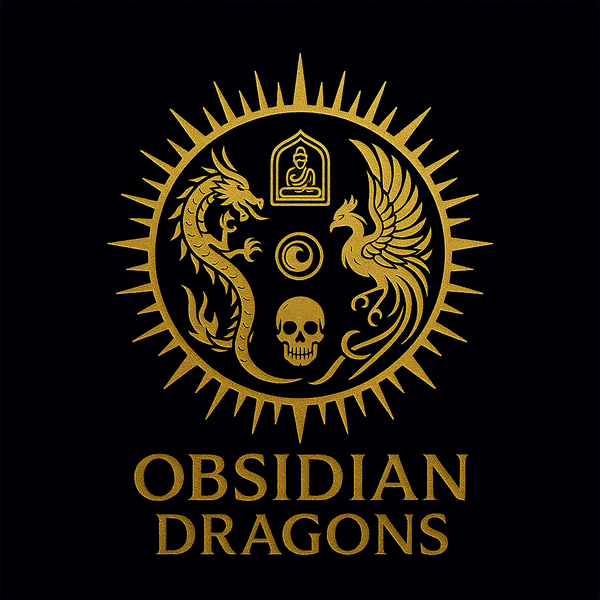AAA
ghau, gau amulet Buddha Sakyamuni, Siddartha Gautama, Tibetan Vajrayana Buddhism. 925 silver, 24K gold plated, two sizes available
ghau, gau amulet Buddha Sakyamuni, Siddartha Gautama, Tibetan Vajrayana Buddhism. 925 silver, 24K gold plated, two sizes available
Couldn't load pickup availability
ghau, gau amulet buddha buddha Sakyamuni, Siddartha Gautama (description below)
Tibetan Vajrayana Buddhism and Japanese Shingon.
925 silver,
24K gold plated,
Deity protected by a protective glass made of leuco sapphire like high-end watches.
Natural turquoise Agate nan hong (southern red).
This exceptional agate owes its red color to the presence of cinnabar.
As a gemologist graduated from the National Institute of Gemmology (ING), Paris, France. All our materials are appraised and certified by us.
two sizes available
LARGE MODEL: 52.81mm in diameter, 13.18mm thick Weight of 84 grams Spinning wheel of life on the back
SMALL MODEL: 40.5mm in diameter by 9.5mm thick Weight of 39.7 grams Mantra of compassion on the back (description below) Comes with a mala made up of 108 coconut, silver and copper beads.
SIDDARTHA GAUTAMA
Siddhartha Gautama (better known as the Buddha, circa 563-483 BCE) was, according to legend, a Hindu prince who gave up his position and wealth to seek enlightenment as a spiritual ascetic, who achieved his goal, and who , by preaching his way to others, founded Buddhism in India in the 6th-5th centuries BCE.
The events of his life are largely legendary, however he is considered a real historical figure and a young contemporary of Mahavira (also known as Vardhamana, circa 599-527 BCE) who established the principles of Jainism shortly before the time of Siddhartha . According to Buddhist texts, a prophecy was given at Siddhartha's birth that he would either become a mighty king or a great spiritual master.
His father, fearing that he would become second best if exposed to the suffering of the world, protected him from seeing and experiencing anything unpleasant or upsetting to him for the first 29 years of his life. life. One day (for a few days) he escaped his father's measures and saw what Buddhists call the Four Signs: An elderly man A sick man A dead man A religious ascetic Through these signs he realized that he too could fall ill, grow old, die and lose everything he loved. He understood that the life he led guaranteed that he would suffer, and moreover, that all of life was essentially defined by the suffering of desire or loss. So he followed the example of the religious ascetic, and tried different teachers and disciplines.
He eventually attained enlightenment on his own and became known as the Buddha ("the Awakened" or "the Enlightened"). Then he preached his "Middle Way" of detachment from sense objects and renouncing ignorance and delusion through his Four Noble Truths, the Wheel of Becoming and the Eightfold Path to Enlightenment. After his death, his followers preserved and developed his teachings until they were spread from India to other countries by King Maurya Ashoka the Great (reigned 268-232 BCE). From the time of Ashoka, Buddhism continued to flourish and today it is one of the main religions of the world.
Share
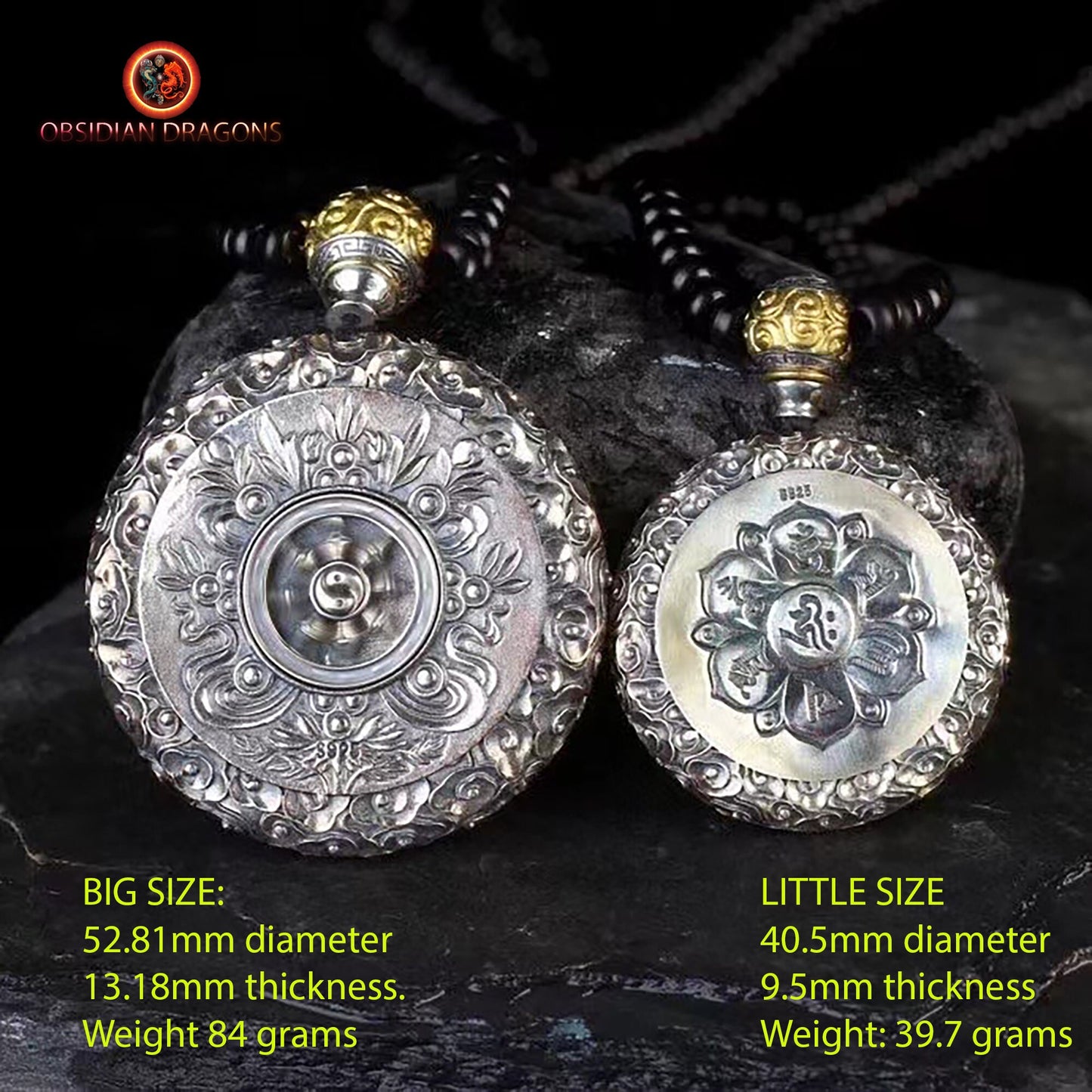
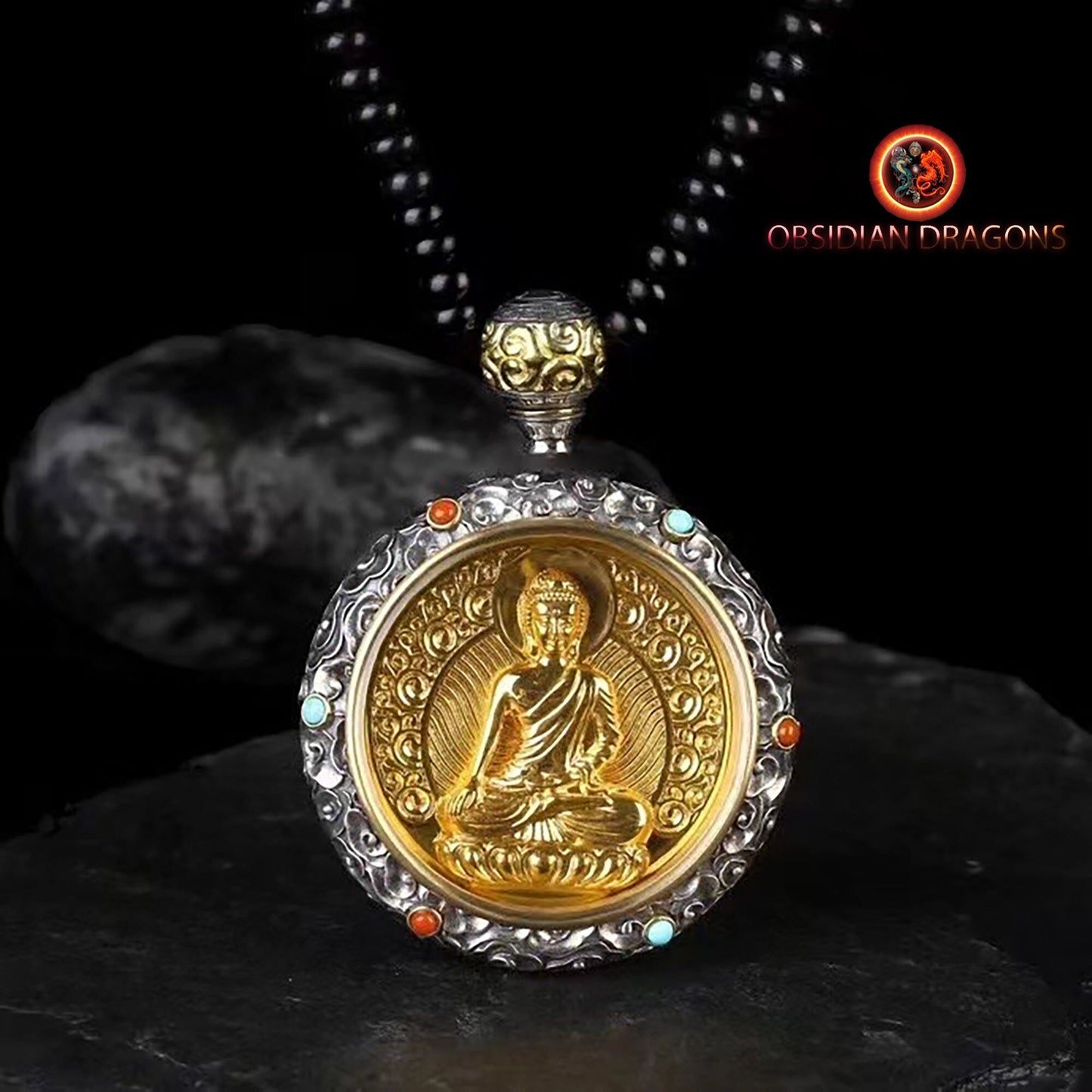

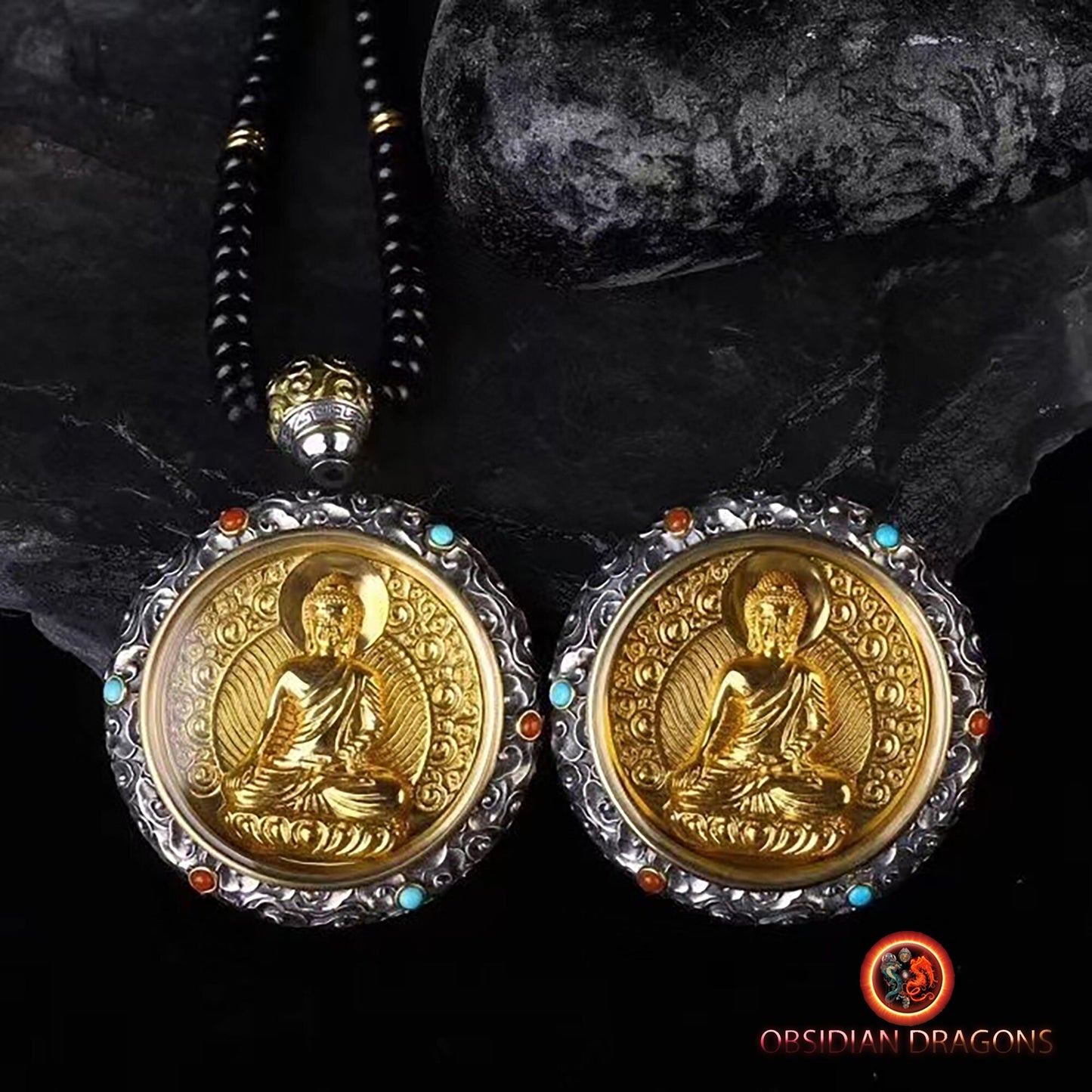
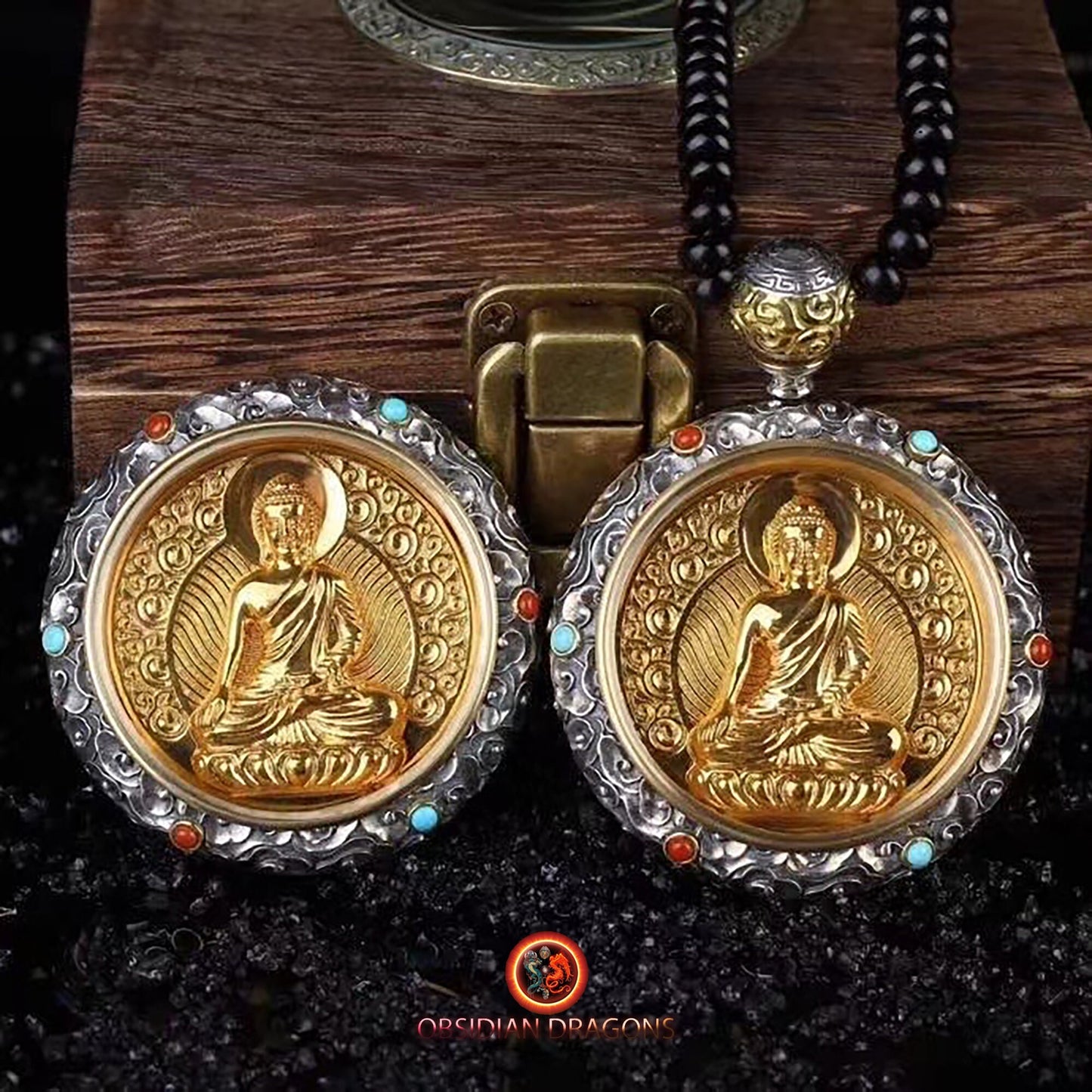
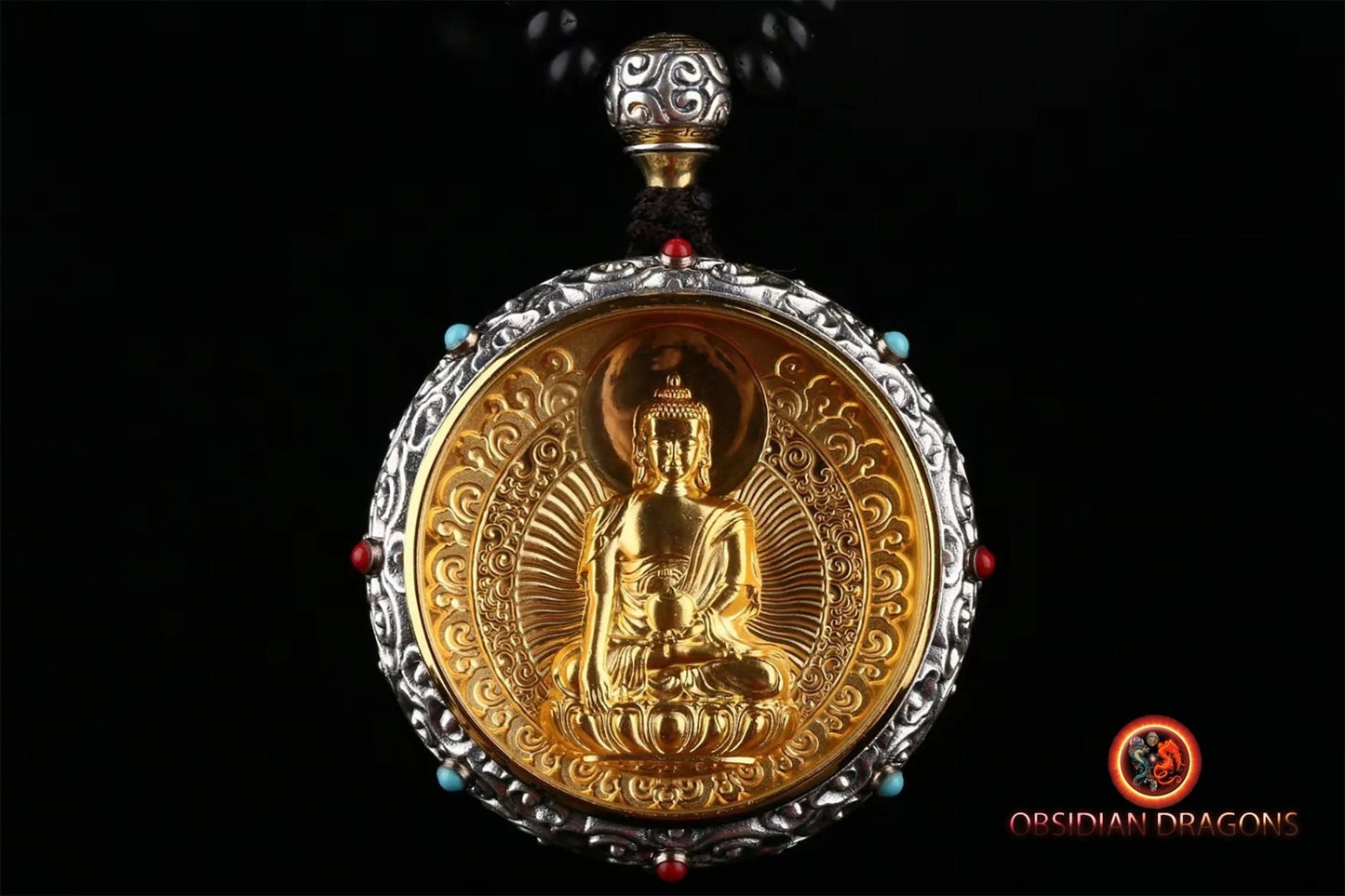

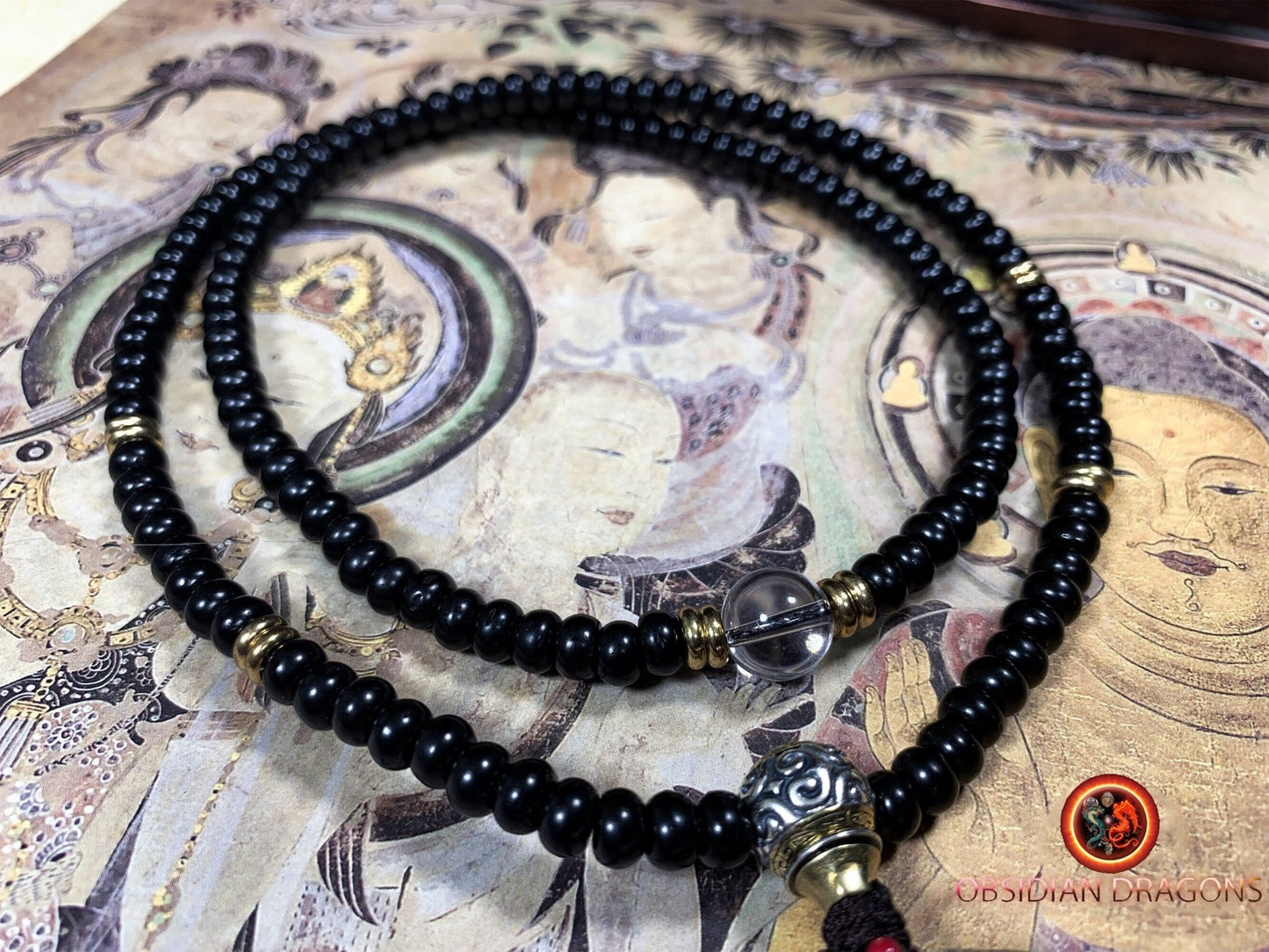
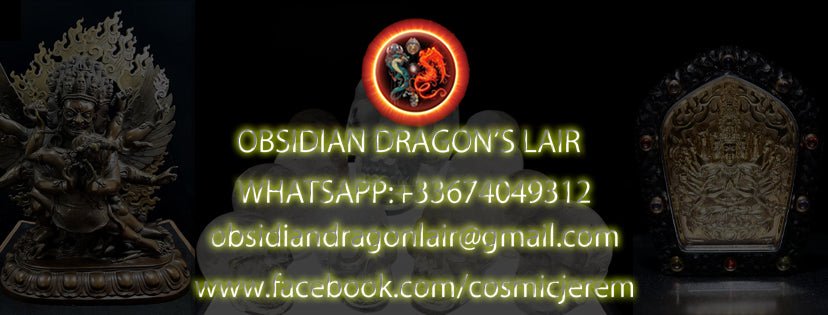

Return conditions for a Zen purchase
We offer you a money back guarantee within 14 days after delivery of your order.
If you are not completely satisfied with your purchase, please contact us to arrange a return of the product and a refund.
Except for returns, shipping is free on all orders.
Multi-column
Button text-
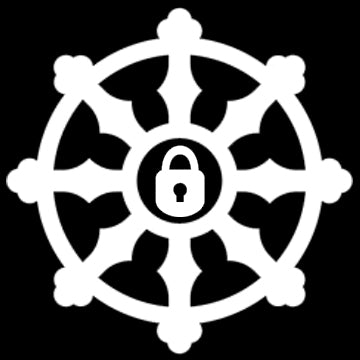
100% secure payment
3 times interest-free option with Scalapay
-

Free delivery in France and internationally
14 days money back guarantee after delivery (see our conditions of sale)
-

Column
Excellent customer service
Live chat
Whatsapp +33674049312
Let customers speak for us
from 917 reviews4eme pièce que j'achète et encore une fois, jamais déçue de l'unicité et de l'originalité. Coup de cœur pour ce bracelet en magnifiques molaires de mammouth, charge de vie et d'histoire. Attention pour un tout petit poignet de fille comme le mien cela peut être trop grand. N'hésitez pas à poser la question à Jeremy sur les tailles, il répond toujours et il est très réactif.

Déjà j’au été très impressionné par la qualité du site web pour tout chercheur de vérité mais également pour la disponibilité de Jérôme qui a su dépasser mes plus grandes attentes pour la commande sur mesure d’un mala en Obsidienne Œil Céleste – Dragon & Bagua Feng Shui. Gràce à ce puissant talisman je peux désormais continuer ma route sereinement. Un très grand merci sincèrement.

magnifique, puissant et apaisant, il m'aide à garder mon calme je le trouve absolument parfait!

J'ai eu l'occasion de rencontrer Jérémy sur Paris avant l'achat...très bon contact avec lui ..il sait de quoi il parle...je suis revenu vers lui pour l'achat de cette magnifique statue...elle a été emballee avec beaucoup de soin pour une expédition de chine... vraiment très satisfait de cet achat..merci

Pendentif dragon en obsidienne œil céleste - Symbole spirituel

Le collier est superbe, et ce pendentif magnifique, ses détails! et l'odeur du bois de santal que c'est agréable! Qualité extra! Contact excellent avec Jérémy, merci beaucoup pour votre gentillesse! Quelle qualité, vivement le mala !

L'objet est très joli et malgré que je ne sois pas un spécialiste, je trouve que le crystal est beau. Il n'est pas parfait et cela me rassure sur la qualité du produit qui est sensé être naturel donc imparfait.
Très bien emballé et en plus housse de rangement offerte.
MERCI

J’ai commandé un crâne de dragon, il est super beau et très puissant. Je l’adore 😍 Et l’envoi a été très rapide 🤗 merci 🙏🏻

bracelet puissant, je suis content de mon achat

Cet artisan est gémologue, il travaille avec des artisans qui sont des vrais artistes, je suis bluffé par la qualité des ouvrages sur l’argent et sa qualité. Quand à la qualité des pierres pas besoin d’être gémologue pour voir la qualité exceptionnelle des pierres, encore une fois le travail de sculpture est exceptionnel.
Mon mala traditionnel est une pure merveille dans la tradition originelle. Le ghau est une merveille qui me comble.
Bref que dire de plus :). Allez sur son site.
PS : vendeur qui connait son métier et les traditions bouddhistes ce qui est un plus en plus :)

Ce crâne est un Etre de Lumière. Attirant , inspirant , "parlant".
Il est un Ami qui tire mes pensées vers le Haut.
Ses énergies vibrent à des fréquences élevées. Il est puissant dans la douceur.
Un crâne de Dragon m'assite également. Merveilleux !

Très beaux bracelet et très puissants

Magnifique crâne givré de l'Himalaya.

cette chevalière est tres bien réalisé, avec beaucoup de détails, je suis heureux de l'avoir

